How to apply liquid wallpaper - from the calculation of quantity to finishing
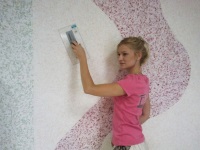
Liquid wallpaper is a modern finishing material, designed for finishing walls. It is a ready-made dry mixture, which must be diluted with water before being applied to the wall. After drying, they form a pleasant to the touch surface with an interesting texture. In its composition, this material is similar to the usual paper wallpaper, and the way it is applied - with putty or plaster. Liquid wallpaper is made on the basis of cellulose, with the addition of silk, as well as bonding and decorative components. Before you buy them, be sure to read about how to apply liquid wallpaper.
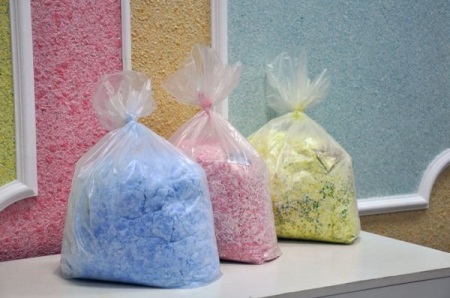
Colors
The color palette of liquid wallpaper is very large - you can choose almost any color, and if there is no such color, the desired shade can easily be achieved with the help of tinting paint. In addition, liquid wallpaper may contain glitter, pearlescent powder, mineral sprinkles, etc.
Apply this material can be used for finishing any room in the house, but in the bathroom, because of high humidity, it will last somewhat less. Extend the life of liquid wallpaper in the bathroom can be achieved by using a special acrylic coating.
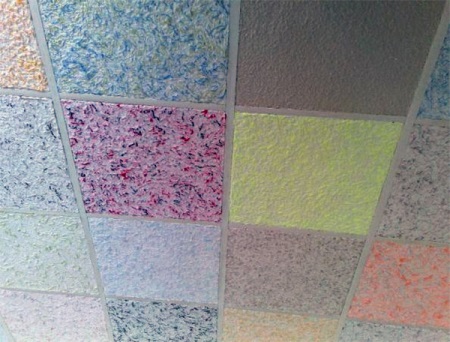
Pros
Liquid wallpapers have many undoubted advantages, they are:
- eco-friendly - the composition of this material contains only natural, safe components for humans;
- plastic - the consistency of the mixture allows you to apply it to walls with a variety of relief, for example, with columns or niches;
- Soundproof - due to the special porous structure, this type of coating has a high degree of sound insulation;
- can be easily repaired if damaged;
- perfectly retain heat;
- do not absorb odors, in contrast to conventional paper wallpaper;
- do not form seams.
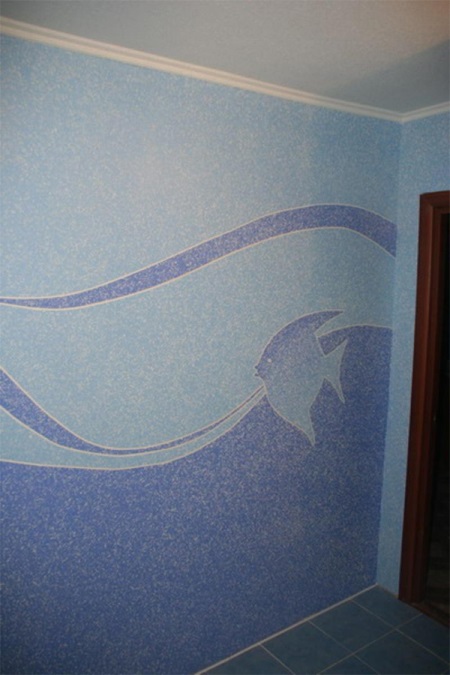
In the design of the bathroom liquid wallpaper is used as the only material for wall covering, and in combination with ceramic tiles, artificial stone or decorative plaster. In addition, using different colors and textures of liquid wallpaper, you can create original patterns on the walls.
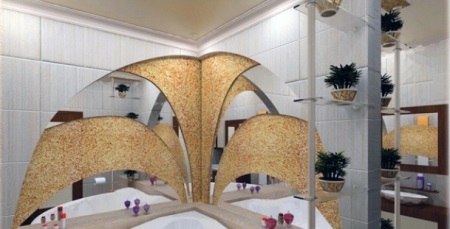
How to calculate the quantity
Dry material, on the basis of which liquid wallpaper is mixed, is sold in large polyethylene bags. In one bag there is about one kilogram of mixture - this is enough to finish 3-4 square meters of wall, depending on the thickness of the coating.
To make the coating as thin and even as possible, liquid wallpaper should be mixed in accordance with the instructions. Achieving the right consistency, you should find the golden mean - the mixture should not be too liquid, otherwise the wallpaper will not adhere to the wall or too thick, in which case the coating will be uneven, with bumps and hollows.
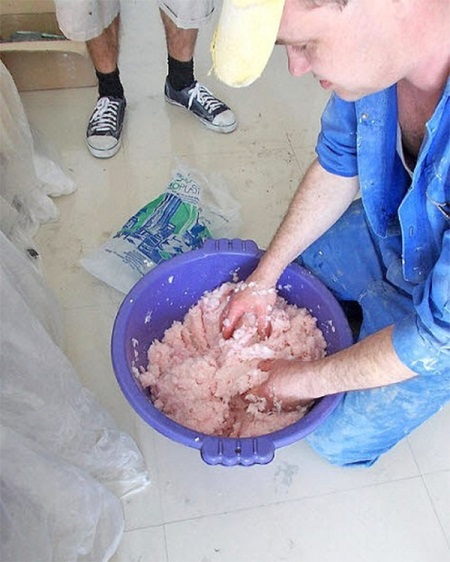
To calculate the required amount of materials, you need to determine the total area of the walls and divide it by the consumption of the package. The total area of the walls in the bathroom is calculated as follows: calculate the area of each wall by multiplying the height and width and sum up the results.
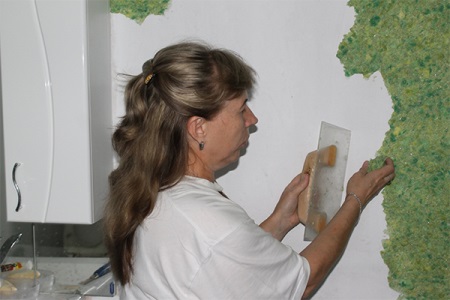
It is better to buy an extra bag of mixture and keep it "in reserve" in case the walls are damaged.
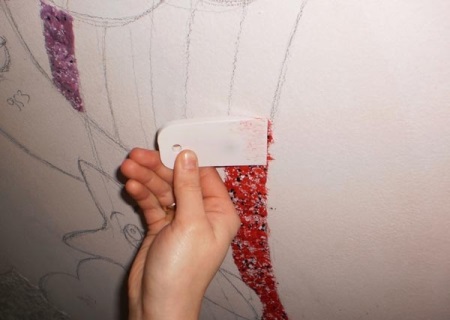
Preparation work
To cover the walls with liquid wallpaper, you will need the same preparatory work as for wallpapering with conventional wallpaper. The wall must be cleaned from old finishing materials and primed. Due to its special texture, liquid wallpaper can hide minor flaws in the wall, which can not be hidden under a layer of putty or waterproof paint.
However, for best results, putty should not be neglected. It will ensure a reliable adhesion of liquid wallpaper with the wall. We use the most ordinary putty for this purpose.
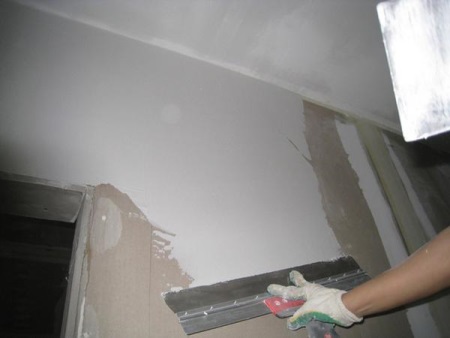
After the wall dries, you can proceed to priming. Using a paint roller, apply the composition to the entire surface of the wall. For this purpose, it is better to choose a white primer, as it is difficult to predict how the colored primer will behave under the liquid wallpaper - it may come out with bright spots. When the first layer of primer completely dries, treat the wall with primer one more time. The second coat of primer is applied perpendicular to the first layer.
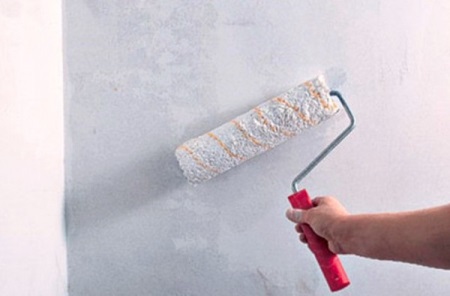
Preparation of the composition
Mixing liquid wallpaper - quite a long process, so it is better to start it in advance. Preparation of the mixture takes several hours, usually 8-10 hours. The best solution would be to knead the mixture in the evening, before going to bed, and in the morning of the new day to take up the work.
In order to prepare the liquid wallpaper for application on the wall, we need a large container, in which it will be convenient to knead the composition, best of all - a basin. The required ratio of dry mixture and water is indicated on the package. It is necessary to follow the instructions exactly, otherwise you can get the composition, unsuitable for work. For the same reason, you should not divide the contents of the package into several parts - it will break the ratio of components, and the mixture simply will not adhere to the wall.
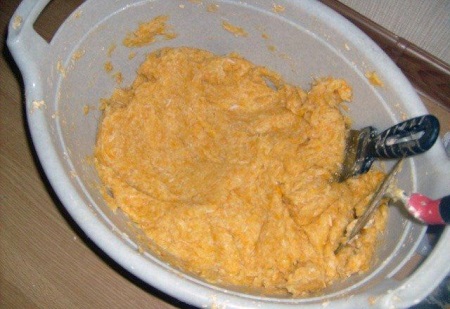
Pour warm water into a basin and pour the dry mixture. If the mixture you bought, attached decorative additives, in a bowl with water first poured them, and then - the main composition. Knead liquid wallpaper to a homogeneous consistency. To do this, use only your own hands, as the mixer disturbs the structure of the components that make up the mixture. Then cover the basin with polyethylene or spread the prepared mixture in bags and leave it for the time recommended by the manufacturer.
Application technique
There are several ways of applying liquid wallpaper on the wall. This can be done with a roller, spatula, trowel, special trowel or spray gun, this option is suitable if you want the final coating of the walls to be more embossed. The tools should be chosen based on the method of finishing.
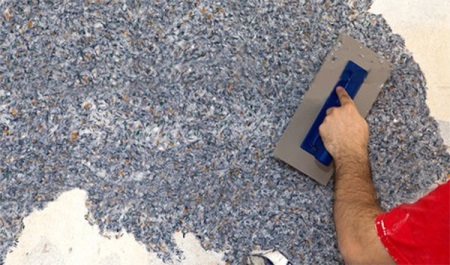
Start applying from the top corners of the wall, gradually moving to the middle. For maximum uniformity of coverage, move from a well-lit corner to a darker one. For alignment of the material experts recommend using a thin trowel of organic glass. On inaccessible areas of the wall for tools, the mixture can be applied with wet hands.
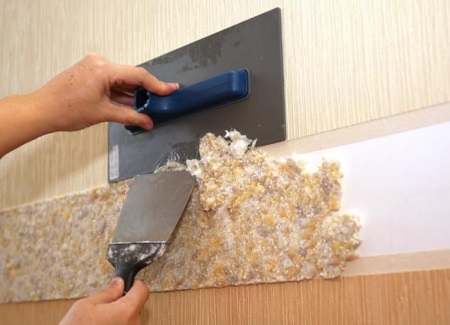
After the liquid wallpaper will cover the entire surface of the wall, wait a couple of hours and again pass the working tool on the fresh coating, wetting it with water. Ask someone to shine you a bright lamp or flashlight and then you will be able to avoid gaps, irregularities and other cosmetic defects.
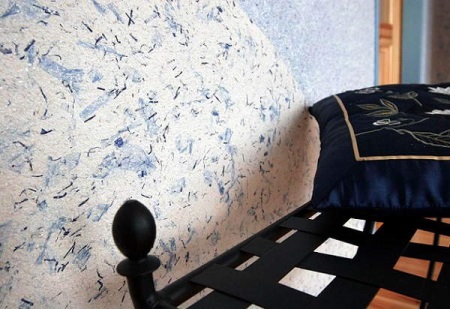
Covering with a protective layer of varnish
In the bathroom, liquid wallpaper is exposed to water, steam, and temperature fluctuations. Since the main component of this finishing material is cellulose, such close contact with moisture significantly reduces its service life. In order for the liquid wallpaper to decorate the walls of your bathroom for many years, without losing its original appearance, the final stage of finishing work should be the coating of walls with varnish.
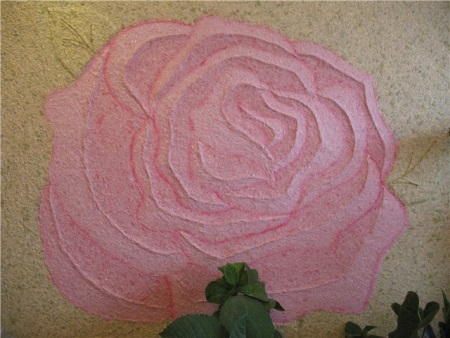
It is better to use a colorless acrylic-based varnish. Lacquer layer will give the liquid wallpaper missing them important properties - strength, resistance to moisture and steam. After treatment with varnish, the finish can be easily washed with mild cleaning agents, without fear of damaging the surface.
Acrylic lacquer is applied to the dried liquid wallpaper through a wide and thin paint brush. To make the coating more durable, you can add the varnish directly into the container with the liquid wallpaper, just before applying it to the wall. For best results, try both of these methods.
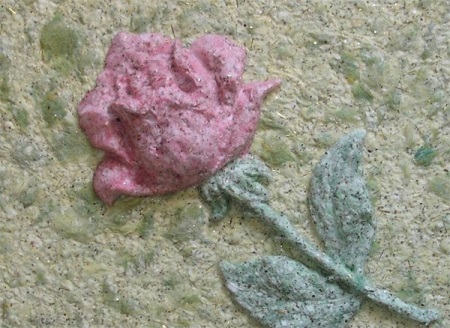
Care
In order for liquid wallpaper to last you as long as possible, it must be properly cared for. Despite the fact that acrylic coating significantly increases the hardness of liquid wallpaper, washing it is still recommended only in the most extreme cases. The most appropriate way to clean this type of wall covering is a vacuum cleaner. Power mode will depend on the resulting texture of the coating. The more embossed the surface, the more power should be chosen.
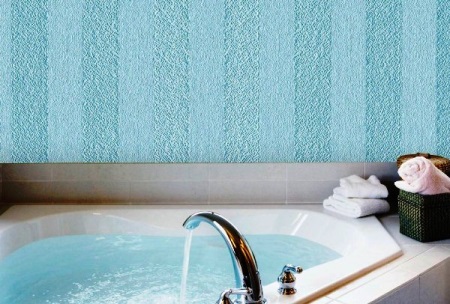
If you accidentally damaged the liquid wallpaper, for example, scratched or planted indelible stain, this problem can be easily solved. Scrape the coating from the damaged area, mix a little dry mixture from the reserve and apply to the wall, if possible, trying to make the joint as invisible as possible. If you don't have any in stock, you can use the powder you scraped off the wall. After a while the difference in color between the old coating and the fresh area will be almost imperceptible.

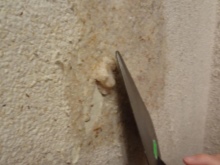
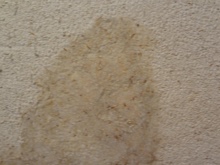





Liquid wallpaper is interesting. Only be sure to perfectly align the walls by hand, or, of course, drywall, and lose precious centimeters before doing it.